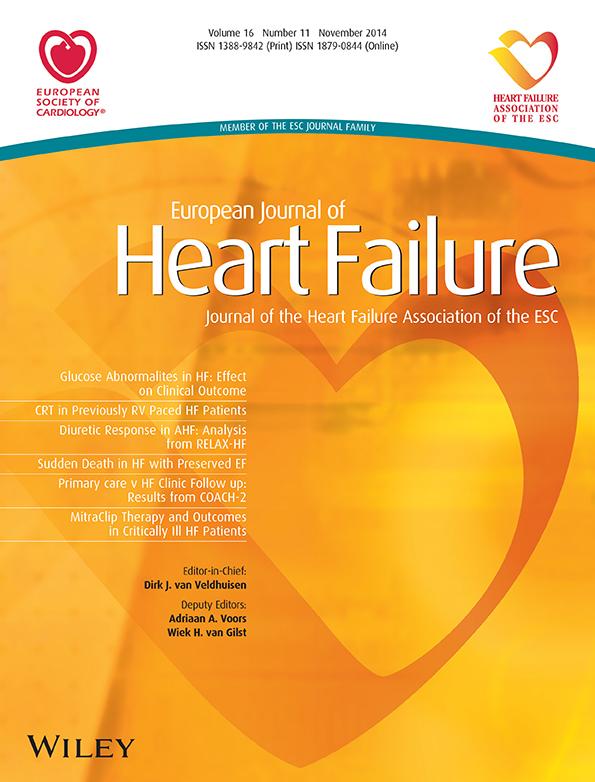Does increased oxygen extraction contribute to the improvement of VO2peak observed in patients who exercise with increased LVAD speed?
We read with great interest the recent report of Jung et al.1 which contributes significantly to the understanding of exercise physiology in patients who are supported with LV support devices and provides encouraging information for the development of automated speed algorithms to increase exercise capacity. The main finding of this report is a 9.2% increase in VO2peak in left ventricular assist device (LVAD) patients who exercised with the increased speed protocol. We may immediately conclude that this finding was due to an increase in cardiac output (CO). However, a previous publication from the same group2 using a similar protocol demonstrated that CO at maximal exercise was not different between the fixed speed (13.6 ± 2.5 L/min) and the increased speed (12.1 ± 3.6 L/min) protocols. The authors also noted a difference in CO during the initial phase of exercise (30 W, 8.1 ± 0.6 L/min vs. 8.7 ± 1.1 L/min). In addition, cerebral perfusion was higher in the increased speed protocol group. If CO was similar in both groups of the current investigation, the Fick equation (VO2max = COmax × O2 extractionmax) would suggest an increase in oxygen extraction as the cause of the higher observed VO2peak in the increased speed protocol and, if so, could this be related to the improved cerebral flow observed in this group?2 Could an increase in cerebral perfusion have favourably influenced autonomic reflexes and improved oxygen extraction?
References
-
Renzo Ygor Loyaga-Rendon
-
University of Alabama at Birmingham
-
Cardiovascular Diseases Division
-
321 Tinsley Harrison Tower
-
1900 University Boulevard
-
Birmingham
-
AL 35294–0006
-
USA
-
Tel: +1 205 934 0030
-
Fax: +1 205 975 9320
-
Email: [email protected]
-
Eric P. Plaisance PhD
-
University of Alabama at Birmingham
-
Department of Human Studies




